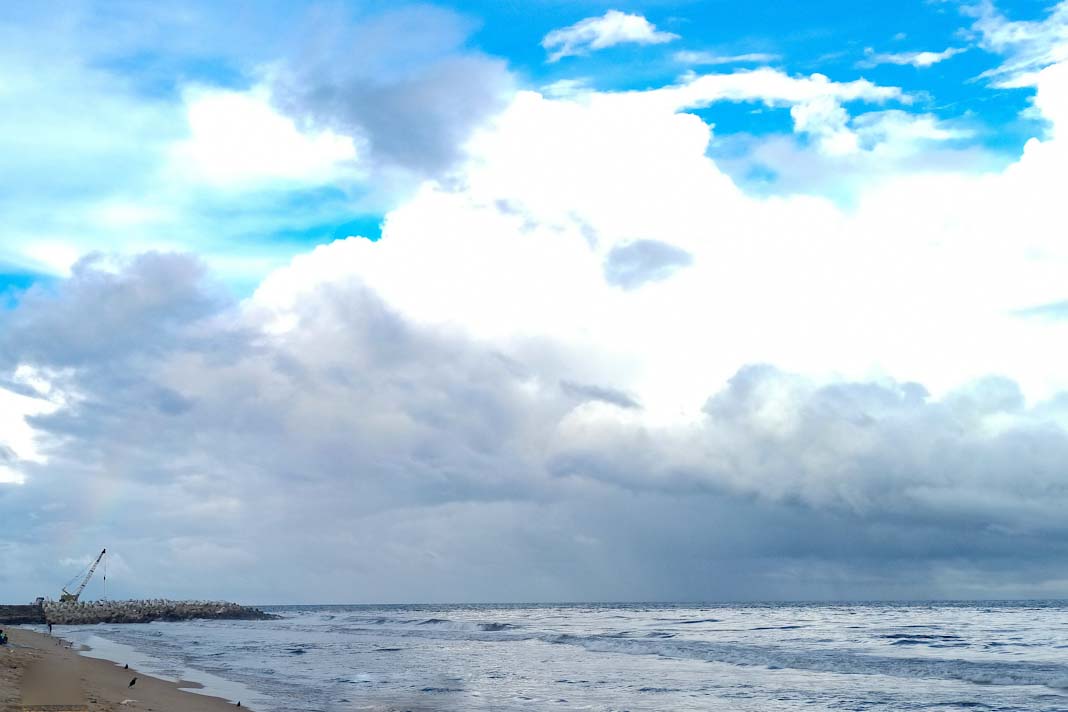- Tanker market patterns are shifting due to new refining hubs, regulatory changes, and evolving energy demand.
- Crude oil flows remain strong, with Asia driving demand and the U.S. and Middle East playing key export roles.
- Clean product tankers benefit from growing export-oriented refining capacity in the Middle East and Asia.
- Dirty product demand is declining overall, but regional shifts keep certain trades active.
The marine transportation sector continues to witness shifting trade patterns, evolving fuel demand, and a dynamic market environment that is shaping the movement of vessels worldwide. These trends provide valuable insights into future opportunities for tanker operations and global energy logistics, according to the latest update from Gibson.
Feature Story
The tanker industry is facing a period of transition driven by global energy shifts and regulatory developments. Trade flows are being reshaped as new refining hubs expand capacity while older facilities undergo closures or upgrades. At the same time, evolving environmental regulations are influencing fleet efficiency and fuel choices. Together, these changes are altering traditional tanker routes and creating fresh opportunities for growth.
Crude Oil
Crude oil shipments remain central to tanker demand, though trade flows are adjusting in response to refinery expansions and shifts in regional consumption. Asian markets continue to dominate demand growth, while refiners in the Middle East increase exports to meet these needs. Meanwhile, the U.S. maintains its role as a major crude exporter, with Gulf Coast shipments supporting global supply balances.
Clean Products
Clean product tankers are experiencing stronger demand as refining capacity rises in export-oriented regions. Countries in the Middle East and Asia are playing a larger role in supplying clean products to international markets. This expansion has opened longer-haul opportunities for product tankers, especially on routes to Europe and Africa. Increased trade diversity is supporting vessel utilization and maintaining a positive outlook for this segment.
Dirty Products
Dirty product trades are adjusting as older refineries close and modern complexes expand capacity. Heavy fuel oil demand continues to decline under stricter environmental standards, while alternative outlets, such as power generation and bunkering, sustain part of the trade. The overall balance points to reduced long-term demand for dirty products, though regional shifts continue to generate activity for certain tanker classes.
Did you subscribe to our Daily newsletter?
It’s Free! Click here to Subscribe!
Source: Gibson



















